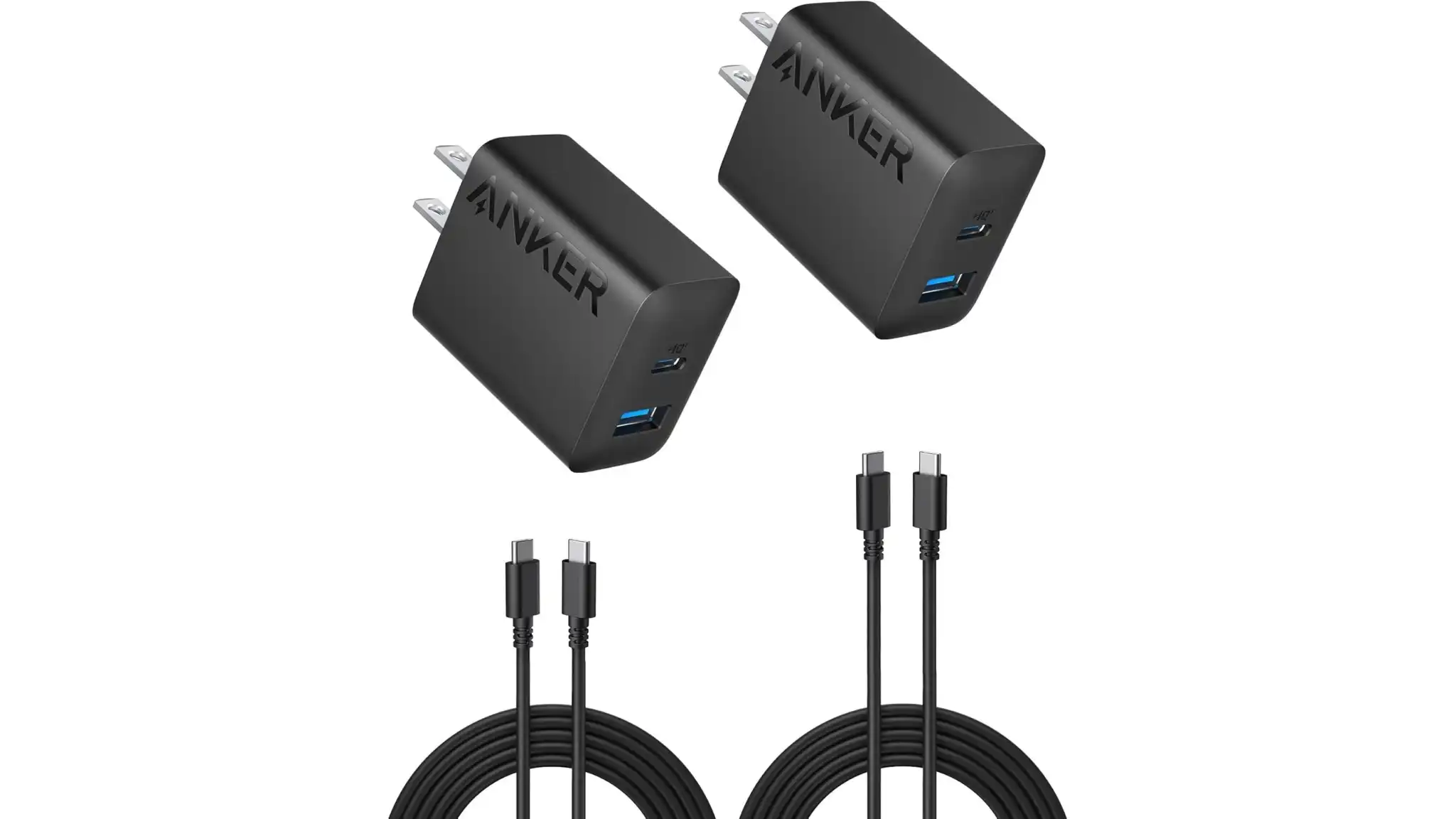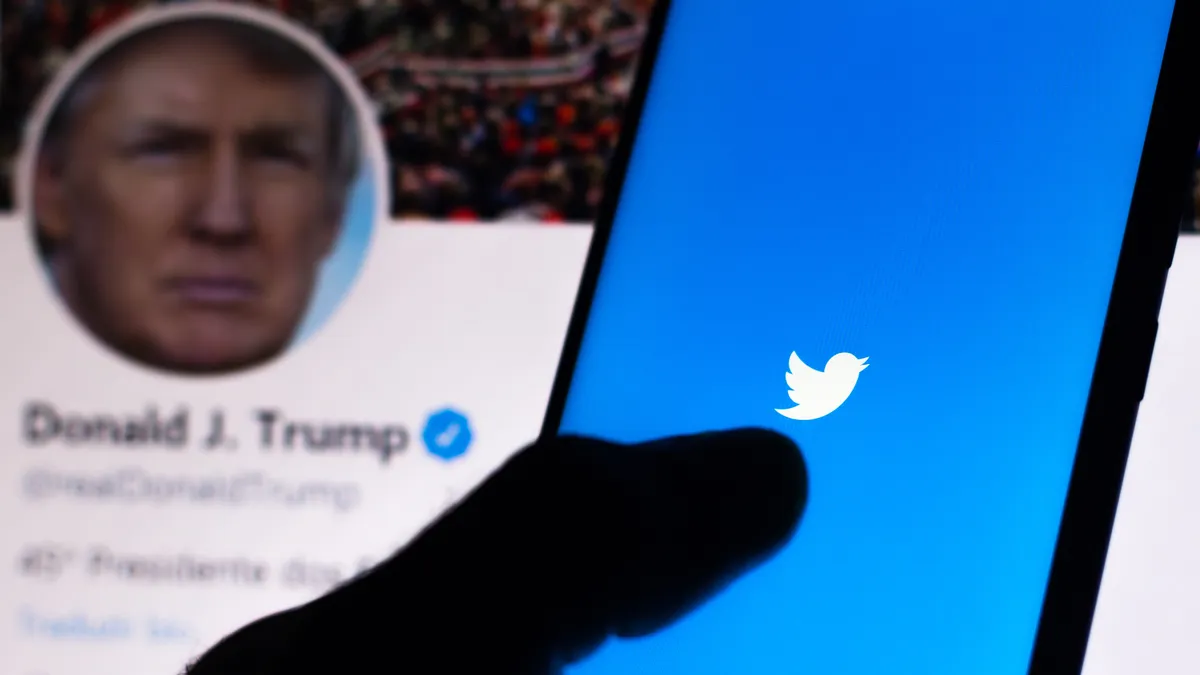Just enough of a step up from the Galaxy A15.
The $300 Samsung Galaxy A25 5G is the cheapest Galaxy phone you should consider — even with the existence of the $200 Galaxy A15 5G. Heck, I wish this phone was the Galaxy A15, as it’d be a slam dunk recommendation for the price.
During my weeks using the Galaxy A25, I found it was able to keep up with all of my tasks, and thanks to its speedier Exynos 1280 processor, I didn’t feel as much sluggishness as I had with the cheaper A15. Every facet of the Galaxy A25 was enough of a step up from its sibling to make it worth recommending.
Watching Netflix and YouTube while I ride on trains was perfectly fine on its 6.5-inch 1080p display, which is bright enough to use indoors and outdoors on bright summer days. Reading my mix of news websites and emails is further assisted by the screen’s 120Hz refresh rate, making scrolling noticeably smooth.
Plus — in a major step up from the A15’s single audio speaker — the dual speakers on the A25 get quite loud, which I especially noticed when playing Nickelodeon All Stars Brawl 2 over Xbox Game Pass at CNET’s office. I thank my colleagues — all of whom I gave a heads up to before I did this — who put up with listening to Spongebob bring a beatdown to other Nickelodeon characters during my testing, because the max volume settings do make this phone blare in a room with only a few people.

Even though the phone does have 6GB of memory — up from the 4GB included in the Galaxy A15 — the phone had trouble with multitasking or with more intense tasks. Music would occasionally stutter while I used LastPass to load up a login for a website, for instance. And when I first booted up Grand Theft Auto San Andreas, the stuttering on default settings made the game nearly unplayable, requiring me to reduce the game’s resolution.
The Galaxy A25’s cameras are decent when outdoors or in decent lighting but also suffer from cheaper Samsung phones’ age-old struggle with lower-light situations. It’s a common issue in this price range, but the A25 does shoot usable photos when I took it to a Mets baseball game, of food close-ups and nice portrait selfies. And in a step-up from the A15, it’s capable of recording video in 1080p at 60 frames per second or in 4K at 30fps.
Yet what this phone lacks in power, like with the A15, Samsung more than makes up for with its software support. Samsung’s pledge to provide the A25 with four years of software updates and five years of security updates is very good for the $300 price range and is a clear leader against Motorola’s Moto G line that gets only one major software update and three years of security updates. This means even though you’re buying a cheaper phone, as long as you are comfortable with its limitations, you can easily keep using it until 2029.
Yet there are several features that Motorola has brought to its $300 Moto G Power 5G that could be worth tempting you away from the Galaxy A25, especially if a more colorful lilac vegan leather design and wireless charging are priorities. But if you’re looking for a function-first Samsung phone that’s a bit faster than Samsung’s $200 A15, the A25 could be a long-term option that’s equipped to handle more tasks.

Samsung Galaxy A25 design, specs, battery
The A25 goes with a tried and true design that Samsung has continued to use since 2021’s Galaxy A12 and A03S. This includes the aforementioned 6.5-inch display, with an indent along the phone’s top bezel for a front-facing camera. While it serves a functional purpose, like with the Galaxy A15, this placement for the front-facing camera is notably blocky when compared with the more svelte camera cutouts that we see on Motorola’s Moto G series and last year’s OnePlus Nord N30 5G. The $400 Galaxy A35 is the cheapest Samsung phone to currently include this sleeker style cutout for the front-facing camera.

Along the phone’s side bezels are its dual speakers, headphone jack, combo microSD/SIM card slot, fingerprint sensor, volume rocker and USB-C charging port. They’re all features we normally see in this price range but also notably identical in placement to the Galaxy A15. And unlike the Galaxy A15’s option for two different colors, the A25 only ships in a more drab Blue Black model.
When turning the phone to the back, the Galaxy A25’s plastic body has a lined pattern look, but it’s not as eye-catching as the illuminescent A15’s Light Blue model. Even though the Galaxy A25’s best features are its software, a lot of other $300 phones are making bigger strides to look more stylish, making this more functional-forward approach feel boring. By comparison, Motorola’s Moto G Power 5G comes in a bright Pale Lilac color that uses a vegan leather material to provide a textured feel when holding it. And last year’s OnePlus Nord N30 has a super-reflective body that uses its design to highlight its cameras. Meanwhile, the A25 has a look that’s perfect for hiding inside of a case.

The Galaxy A25, however, does keep up with the Moto G Power in our performance tests, with both phones scoring comparably in our Geekbench 6 tests.
Geekbench 6.0 benchmark testing
- Geekbench 6.0 Single Core
- Geekbench 6.0 Multi Core
YouTube streaming battery drain test
| YouTube streaming drain test starting at 100% | |
| Samsung Galaxy A25 5G | 1 hr: 93%; 2 hr: 85%; 3 hr: 77% (120Hz) |
| Motorola Moto G Power 5G (2024) | 1 hr: 90%; 2 hr: 79%; 3 hr: 70% (1-120Hz) |
| OnePlus Nord N30 5G | 1 hr: 95%; 2 hr: 89% (1080p resolution 120Hz) |
And even though the Galaxy A25’s 25-watt wired charging speed is slightly slower than the Moto G Power’s 30-watt speed, both phones each recharged about half their respective batteries within our 30-minute fast charging test. Both fall behind last year’s OnePlus N30 though, which uses a proprietary 50-watt charger resulting in a 75% recharge in 30 minutes. But a special charger isn’t needed for Samsung’s or Motorola’s fastest charging speeds.
30-minute wired fast charging test
| Charging speed/result | |
| Samsung Galaxy A25 5G | 25W; 0% to 51% |
| Motorola Moto G Power 5G (2024) | 30W; 0% to 55% |
| OnePlus Nord N30 5G | 50W, from 1% to 75% in 30 min. |
The phone includes 128GB of storage that can be expanded by up to 1TB with the aforementioned microSD card slot, which is a decent amount of starting space for a cheaper phone. And the included NFC chip — now increasingly a standard feature for phones $300 and less — allows for contactless payments using either Samsung Wallet or Google Wallet.

Samsung Galaxy A25 cameras
The Samsung Galaxy A25 includes three rear cameras, consisting of a 50-megapixel wide camera, an 8-megapixel ultrawide and a 2-megapixel macro camera. A 13-megapixel camera is mounted in front for selfies.
My photos during a Citi Field visit for a Mets game came out with a medium amount of detail, meaning that they largely represented what I wanted to shoot, but the decreased photo processing power is noticeable.
For instance, this outdoor photo from the stadium’s Coca-Cola Corner looks nice, but if you zoom into any part of the photo, you’ll see the details are rather blurry. This includes if you zoom into any of the well-lit signs in the background.


Taking this baseball day indoors to the stadium’s Caesars Sportsbook food hall, the camera does a good job showing the view out the window, but all of the indoor details of the table we’re sitting at and my father on the left are lost in shadows.

Taking the phone over to a walk in Long Island City, a nighttime New York skyline photo came out quite noisy with very few elements of the photo coming into focus.

However, the phone does take very good food photos, especially when food is stationary and taking up the majority of the frame. This includes a slice of mango cheesecake, where you can see all the sugary details.


Many of these photos came out fairly comparable, for instance, using the main camera on a bookshelf. The Samsung one (top) and the Motorola one (bottom) are nearly identical, with a slight edge to the Galaxy which has more visible page details along the top of the books.


Moving to the ultrawide, the Motorola (bottom) captures a slightly wider field of view than the Samsung A25 (top), getting more of the flower on the left of the frame and capturing more light in the foreground making the titles on the book spines more readable.


Moving to a more extreme test, I used the night mode on both phones to see how well they can parse out details in a very low-lit section of our TV lab, which uses blackout curtains to block out most light. Neither phone did particularly well at this test, but the Moto (bottom) ekes out slightly more detail with a less smudgy depiction.


And using our office’s grass wall for comparison, both phones compare similarly. The Galaxy (top) appears to depict the grass with a darker shade of green in comparison to slightly lighter shades used by the Moto (bottom).


Samsung Galaxy A25: Bottom line
The Samsung Galaxy A25 5G offers just enough power that it can handle most of your phone needs, even if it stops short of being able to impress outside of its comparatively long software support timeline. While many phones that cost $300 and less are fortunate to receive more than one software update and three years of security updates, Samsung’s commitment to the cheaper phone market means a perfectly good device doesn’t have to be discarded after two to three years.
However, when you look away from the software support timeline, it’s increasingly difficult to ignore some of the additional features and more modern design influences that are showing up on rival budget phones. This includes the colorful vegan leather look Motorola has brought to its Moto G line. More recently, the CMF by Nothing phone, which targets a similar price range as Samsung’s A series, is offering customizability through swappable cases and accessories by letting you unscrew the backplate that comes with the phone. Samsung is doubling down on providing a reliable software experience, which is great, but is faltering behind rivals when it comes to making its cheaper phones feel exciting.
But the Galaxy A25 is a stable and capable budget phone option that does earn its $100 premium over the Galaxy A15 by providing good performance, loud music speakers and the potential to remain usable for years longer than other similarly priced phones — great for users who want reliability over style.
How we test phones
Every phone tested by CNET’s reviews team was actually used in the real world. We test a phone’s features, play games and take photos. We examine the display to see if it’s bright, sharp and vibrant. We analyze the design and build to see how it is to hold and whether it has an IP-rating for water resistance. We push the processor’s performance to the extremes using standardized benchmark tools like GeekBench and 3DMark, along with our own anecdotal observations navigating the interface, recording high-resolution videos and playing graphically intense games at high refresh rates.
All the cameras are tested in a variety of conditions from bright sunlight to dark indoor scenes. We try out special features like night mode and portrait mode and compare our findings against similarly priced competing phones. We also check out the battery life by using it daily as well as running a series of battery drain tests.
We take into account additional features like support for 5G, satellite connectivity, fingerprint and face sensors, stylus support, fast charging speeds and foldable displays, among others that can be useful. We balance all of this against the price to give you the verdict on whether that phone, whatever price it is, actually represents good value. While these tests may not always be reflected in CNET’s initial review, we conduct follow-up and long-term testing in most circumstances.



